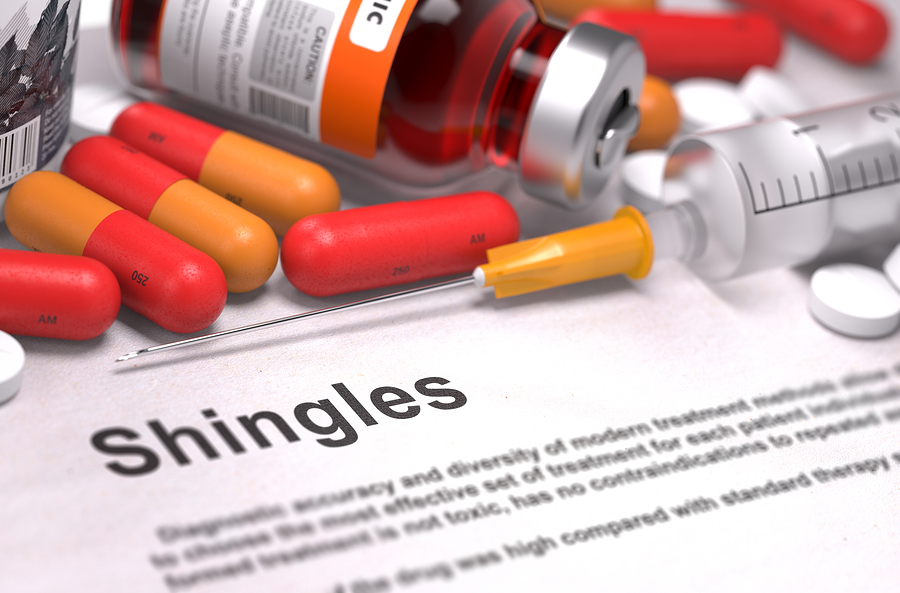Shingles Prevention

The only effective methods for preventing shingles are vaccination and maintaining overall health with essential vitamins and minerals to support a robust immune system. While the zoster vaccine isn't completely foolproof, it can prevent some cases of shingles and lessen the severity of others. For older adults or those with compromised health, getting the shingles vaccine is a prudent option.
Shingles Causes
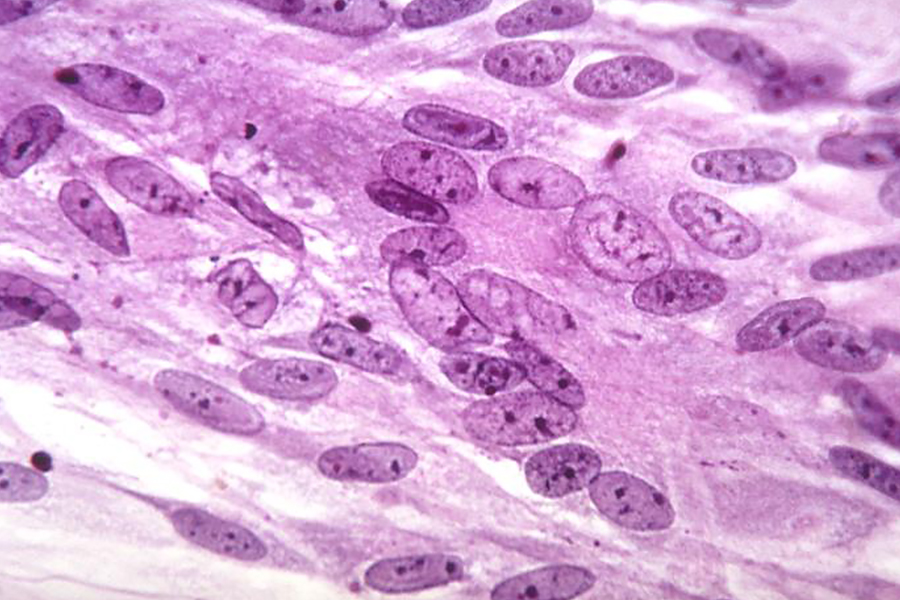
Shingles is triggered by the varicella-zoster virus, but it cannot be "caught" from someone else. It only affects individuals who have previously had chickenpox. The risk of developing shingles is higher among older adults and those with weakened immune systems, as the reactivation of the virus is believed to be linked to reduced immune function.
Shingles and the Herpes Virus
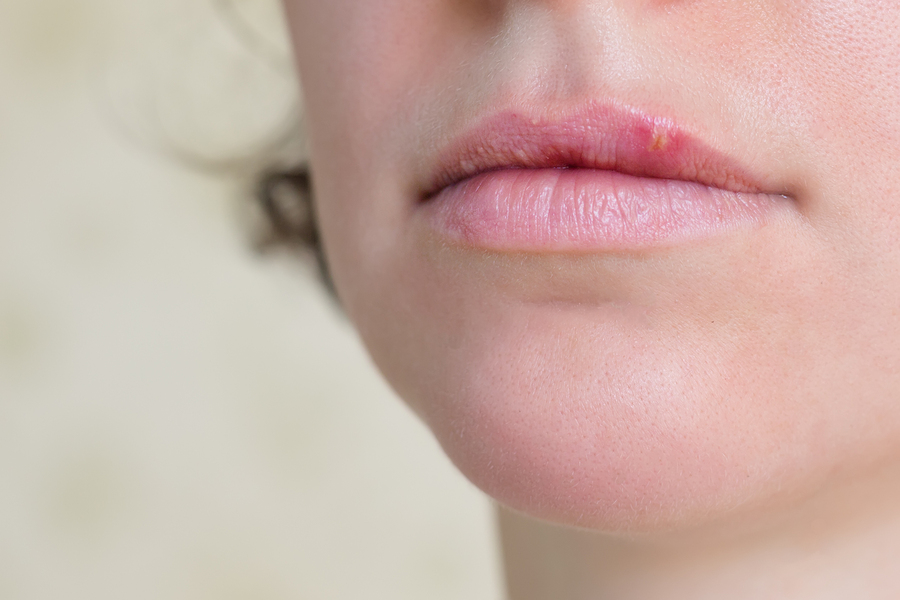
The varicella-zoster virus, which is responsible for shingles, is a type of herpes virus and is sometimes known as herpes zoster. However, it is not the same virus that causes genital herpes. Although shingles can be spread, it is far less contagious than genital herpes and is not transmitted through sexual contact.
Shingles Symptoms

Shingles usually only affects a small section of the body. Pain is typically the first symptom of shingles, which is followed by a red rash a few days after the pain starts. The most common placement of the rash is a stripe-like pattern that wraps around one side of the torso. However, it can also appear around one eye or on one side of the neck or face.
The rash will develop fluid-filled blisters that will then break open and crust over. Similar to the blisters produced by chickenpox, shingles blisters are often painfully itchy as well. Other common symptoms include fever, headache, sensitivity to light, and fatigue.
(phot via NIAID, CC BY 2.0)
Shingles Risk Factors
Shingles Complications
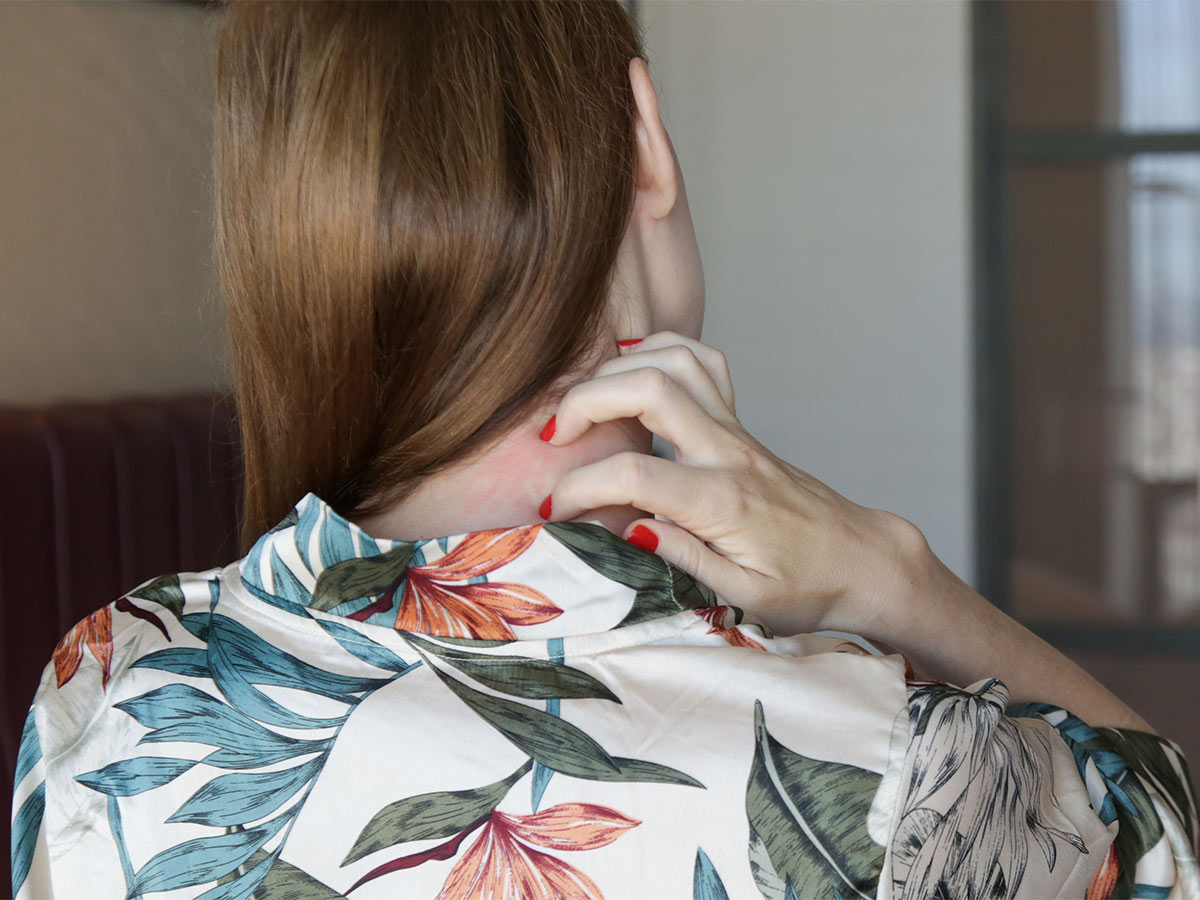
Postherpetic neuralgia can develop when the rash is gone, but the pain remains: the nerves get confused and damaged, and send false signals of pain to the brain. Other damaged nerves may cause encephalitis (brain swelling), facial paralysis, and other sensory problems. Skin infections can occur if the open sores of the rash get infected with bacteria. Ophthalmic shingles, those on or near the eye, can cause serious optic infections and even blindness.
When to See a Doctor About Shingles
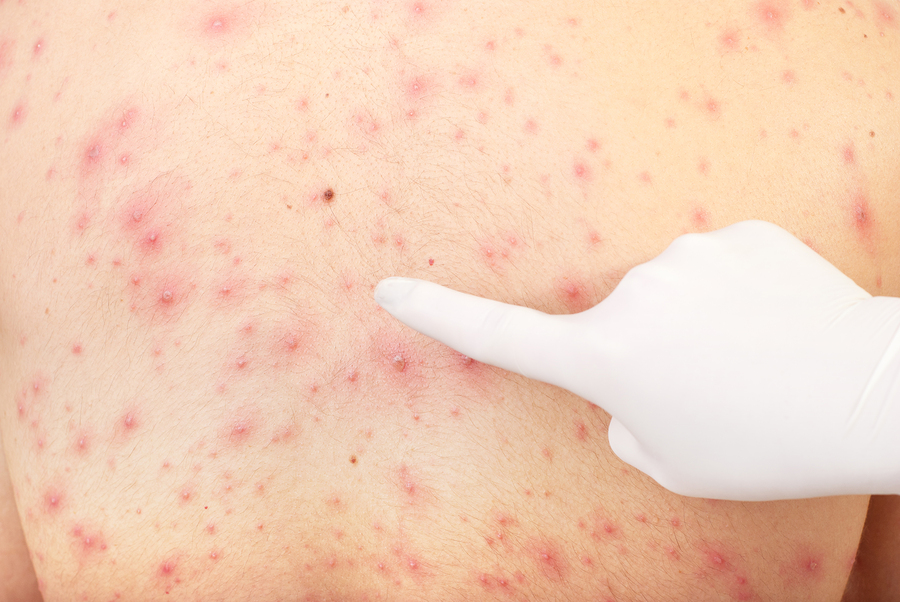
If the rash develops near the eyes, it’s important to see a doctor. Complications increase with age, which means anyone over 70 who develops shingles should also schedule an appointment, as should anyone with an immunodeficiency or improperly functioning immune system. If symptoms become very extreme, it’s also a good idea to see a physician.
Shingles Treatment

There is no definitive cure for shingles. However, taking prescription antiviral medications can help reduce the severity of some symptoms and slow the progression of the disease. The most commonly used drugs include acyclovir, valacyclovir, and famiciclovir. In some cases, other medications may be prescribed as well—including creams, anticonvulsants, tricyclic antidepressants, numbing agents, narcotics, or injections. The exact combination of medications depends on the location and severity of pain.
Shingles Home Remedies
Shingles Scars

The development of scars is to be expected. Although some may become less obvious with time, others may need some help. Applying vitamin E oil can improve circulation and skin regeneration. Over-the-counter creams with diphenhydramine can help scarring. Other natural treatments include lemon juice, honey, papaya, coconut water, sandalwood paste, and aloe vera.
 Author
Sherrill Dean
Last Updated: June 24, 2025
Author
Sherrill Dean
Last Updated: June 24, 2025

